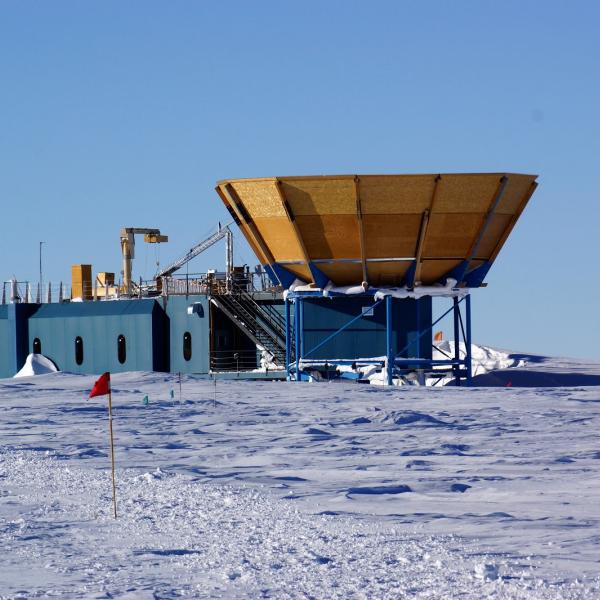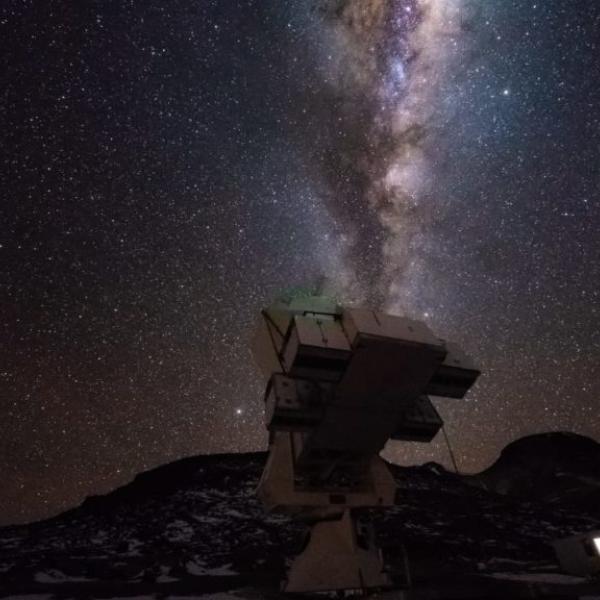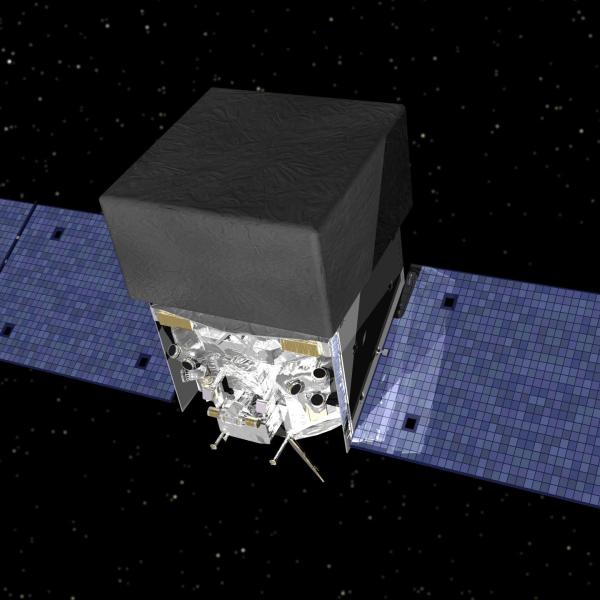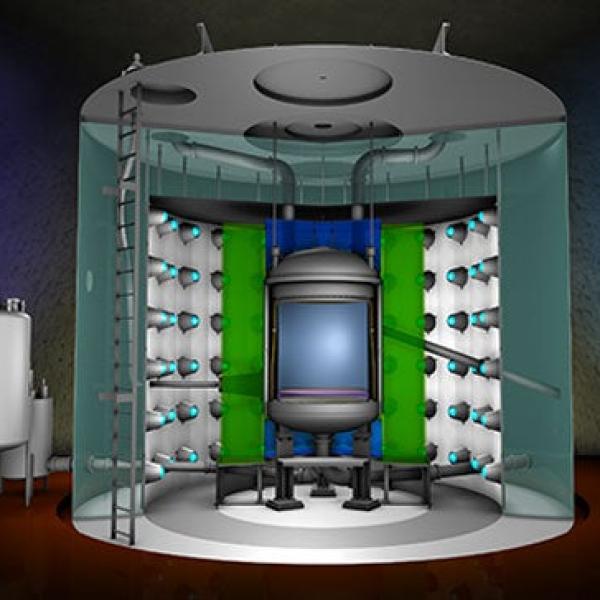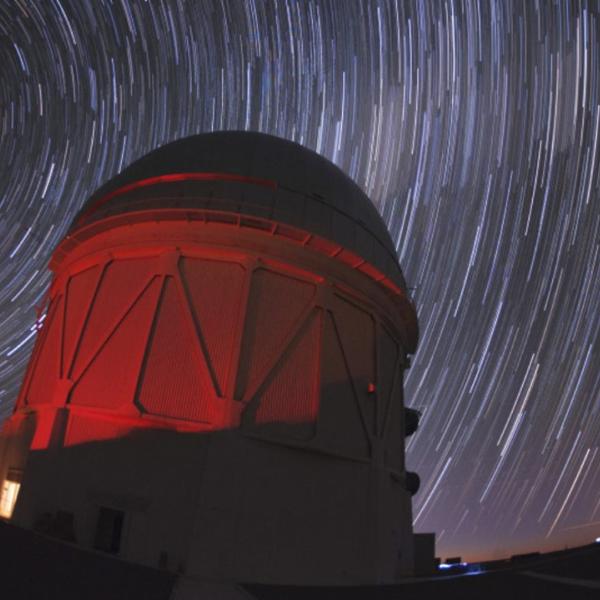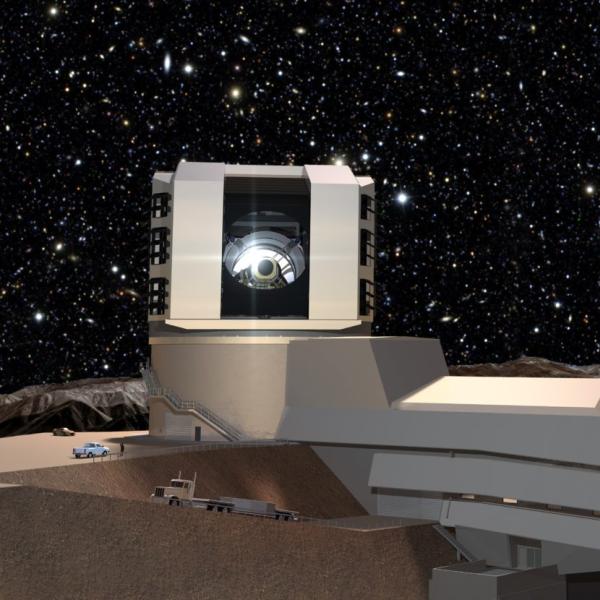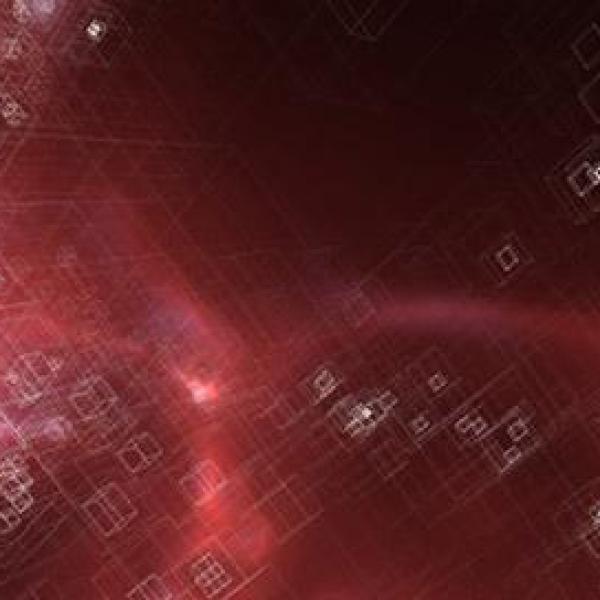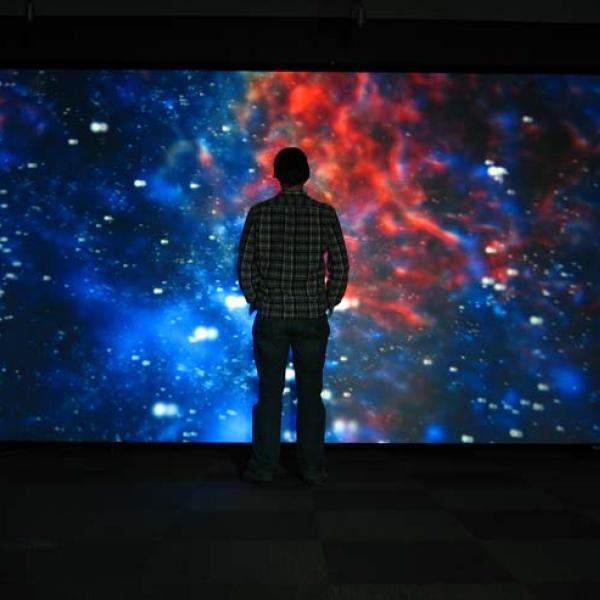To explore the birth of the universe, the formation of stars and galaxies and the fundamental structure of space and time, SLAC researchers develop increasingly sensitive instruments for experiments located deep underground, on the surface and in space.
Our research addresses top-priority topics such as the nature of dark matter and dark energy, how galaxies form and how the cosmos is evolving. Like their colleagues in particle physics, SLAC astrophysicists and cosmologists want to understand our universe from its tiniest constituents to its most enormous structures.
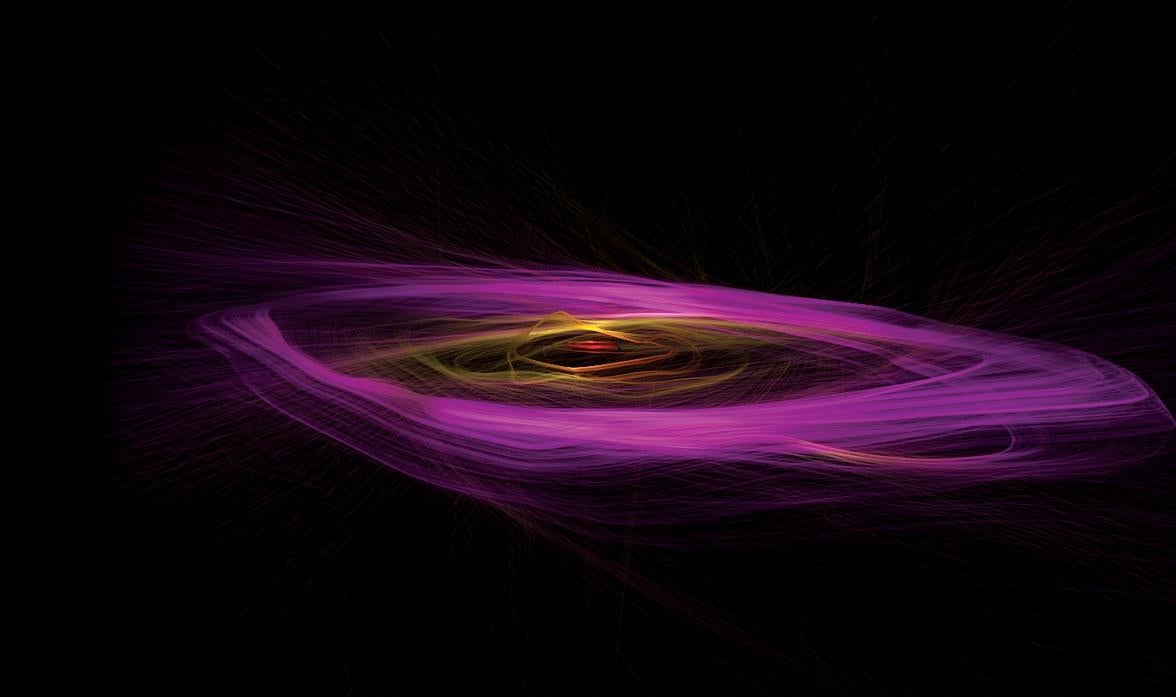
The early universe
What happened in the first moments after the Big Bang 14 billion years ago? SLAC and its partners have been probing the oldest observable light, the cosmic microwave background (CMB), for clues.
Early universe news
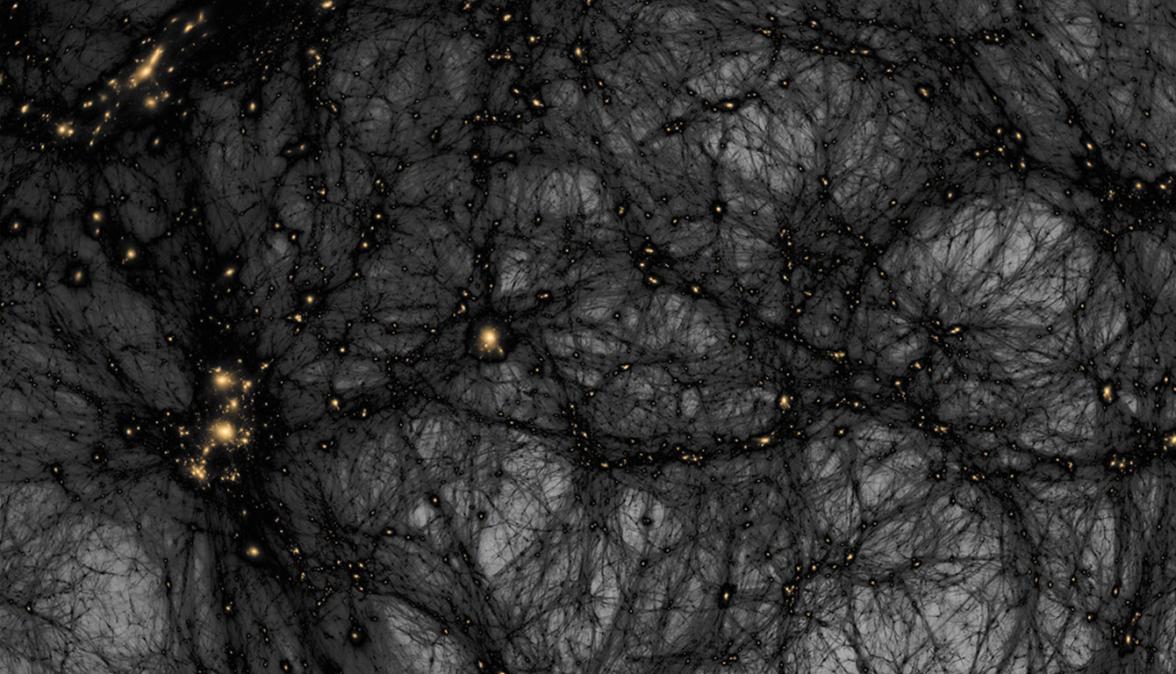
Dark matter
One of modern science’s biggest mysteries is dark matter, an invisible form of matter that shapes galaxy rotation and bends rays of light. No one knows what dark matter is, but scientists are carrying out a number of experiments to learn more.
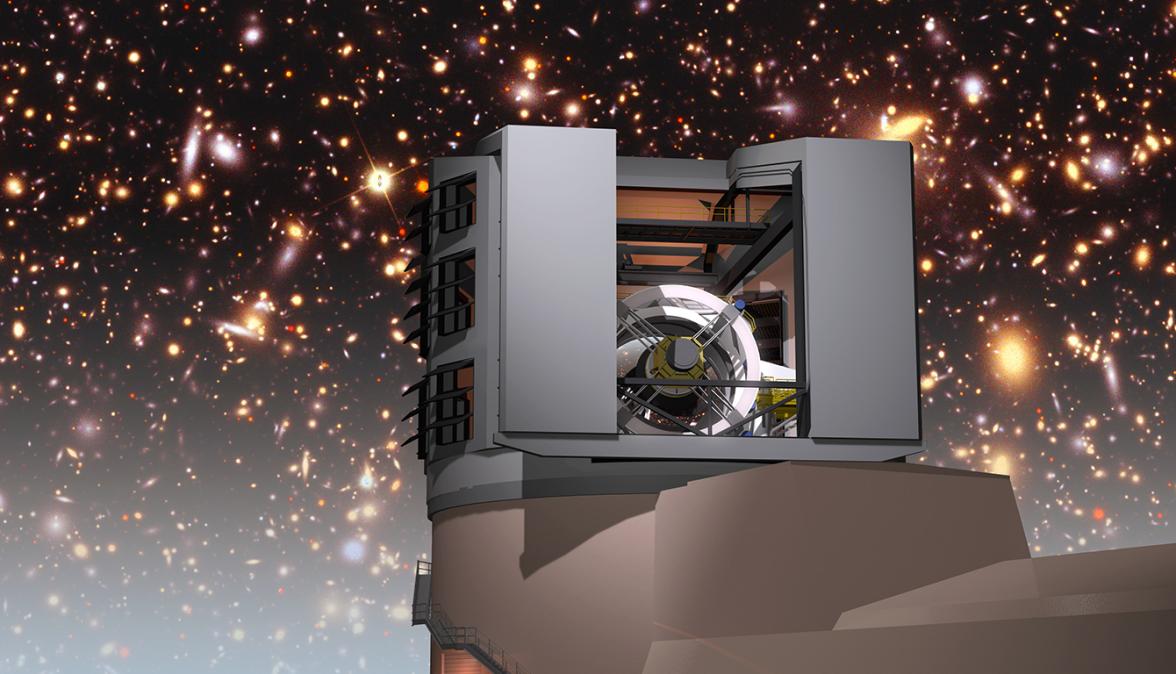
Dark energy
The universe is expanding at an ever-increasing rate, but why? Scientists study the force that drives that acceleration, dubbed “dark energy,” with deep astronomical surveys that look at how the distribution of galaxies has changed over billions of years.
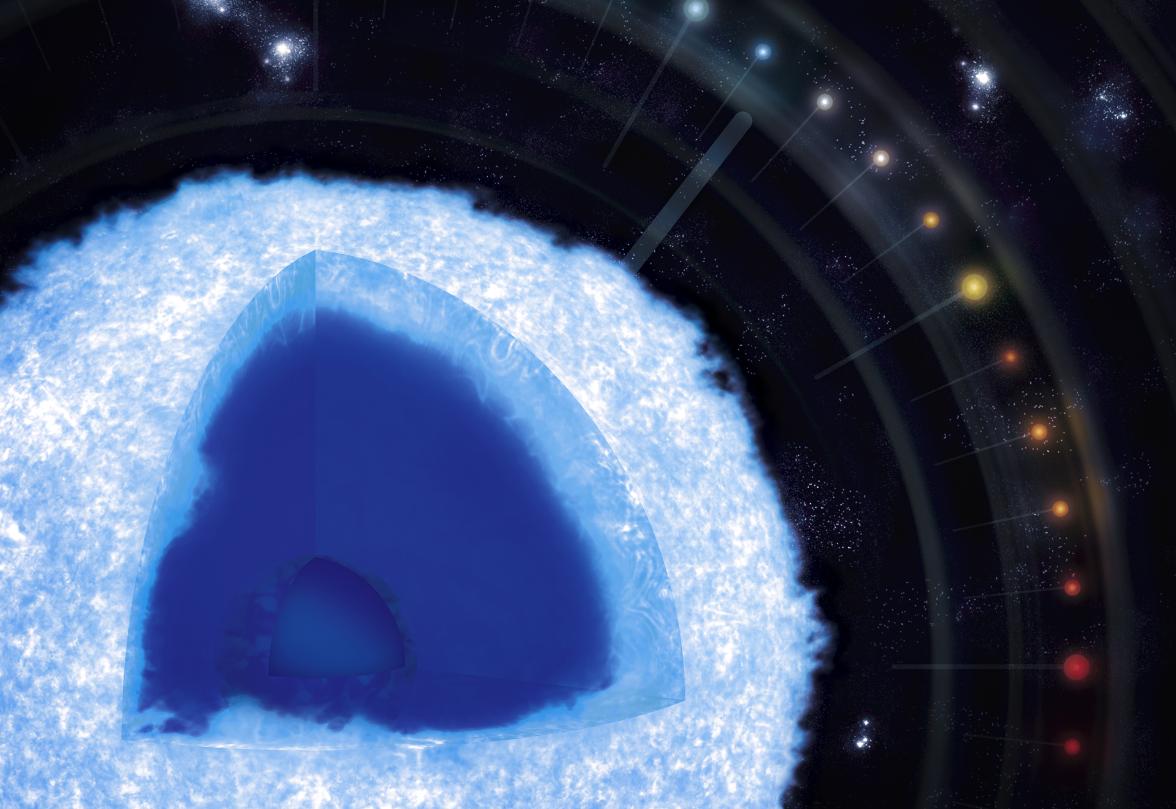
Cosmic evolution
SLAC and Stanford researchers develop theories of the evolution of the cosmos – from the Big Bang to the formation of the first stars and galaxies to the structures we observe today – and test them against a wealth of data from experiments.

